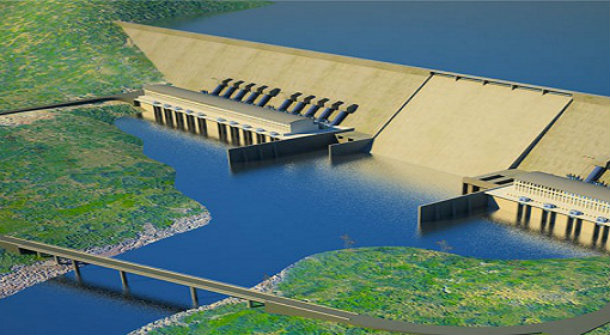In the past few months, the Coastal GasLink natural gas pipeline – the largest private sector investment in Canadian history– has been met with resistance from Indigenous groups across the country who have blocked railway transport across Canada.
The resistance stems from those standing in solidarity with the Wet’suwet’en hereditary chiefs who have objected against the pipeline, as their traditional territory lays along the pathway of the 670 kilometre long pipeline route.
In early February, the Mohawks of Tyendinaga in Ontario blocked the tracks of the Canadian National Railway with snowplows, barrels, and wooden barricades; meanwhile, the Mohawks of Kahnawake in Quebec set up camp along the Canadian Pacific Railway, blocking access with a snow bank while burning a sacred fire; and on the other side of the country, in New Hazelton, British Columbia, the Gitxsan First Nation occupied Canadian National Railway tracks and blocked a local highway.
The blockades impacted commuters, freight transport, and workers, impacting a variety of industries such as agriculture, manufacturing, and forestry, stranding millions of dollars worth of goods.
However, Coastal GasLink, the constructors of the pipeline, remains adamant to continue construction, citing that they have reached agreements with all 20 elected First Nations band councils along the route.
First Nations band councils differ in governance from the hereditary chiefs who protest the pipeline. An elected Indigenous band council governs the reserve lands distributed as a product of Canada’s 1876 Indian Act, while the hereditary chiefs hold authority over traditional territory which predates the Act.
In June 2012, Coastal GasLink commenced environmental consultations with 20 elected Indigenous band councils along the 670 kilometre long natural gas pipeline route.
Within the temporal boundaries of construction and operations, CoastalGaslink met with the band councils to consult how their concerns would be remedied. For example, one concern raised was the disruption of subsistence trapping activities, through which Coastal GasLink assured that Indigenous groups would be compensated for losses related to construction of the project. Coastal GasLink also noted the “potential residual social effects as being the disruption of subsistence activities during construction and operations”.
Many activists emphasize that consultation does not equal consent. Coastal GasLink has also consulted with the Wet’suwet’en hereditary chiefs, but the chiefs maintain that the effects of this pipeline long outlive the boundaries of construction and operations, highlighting the dangers to human health and the environment associated with natural gas and fracking.
Cynthia Callison, a lawyer and Indigenous negotiator as quoted in the Globe and Mail:
“They clearly don’t have the support but they made a decision based on a model of risk – ‘Do we have enough Indigenous people that support this project?’“ Ms. Callison, a lawyer and member of the Tahltan Nation in northwestern B.C.
The surge in solidarity protests with the Wet’suwet’en across the country demonstrate that this risk was costly – and will continue to be, so long as Coastal GasLink perpetuates the commodification of Indigenous groups as solely bodies to be consulted with.
Photo courtesy of Unist’ot’en Camp.








